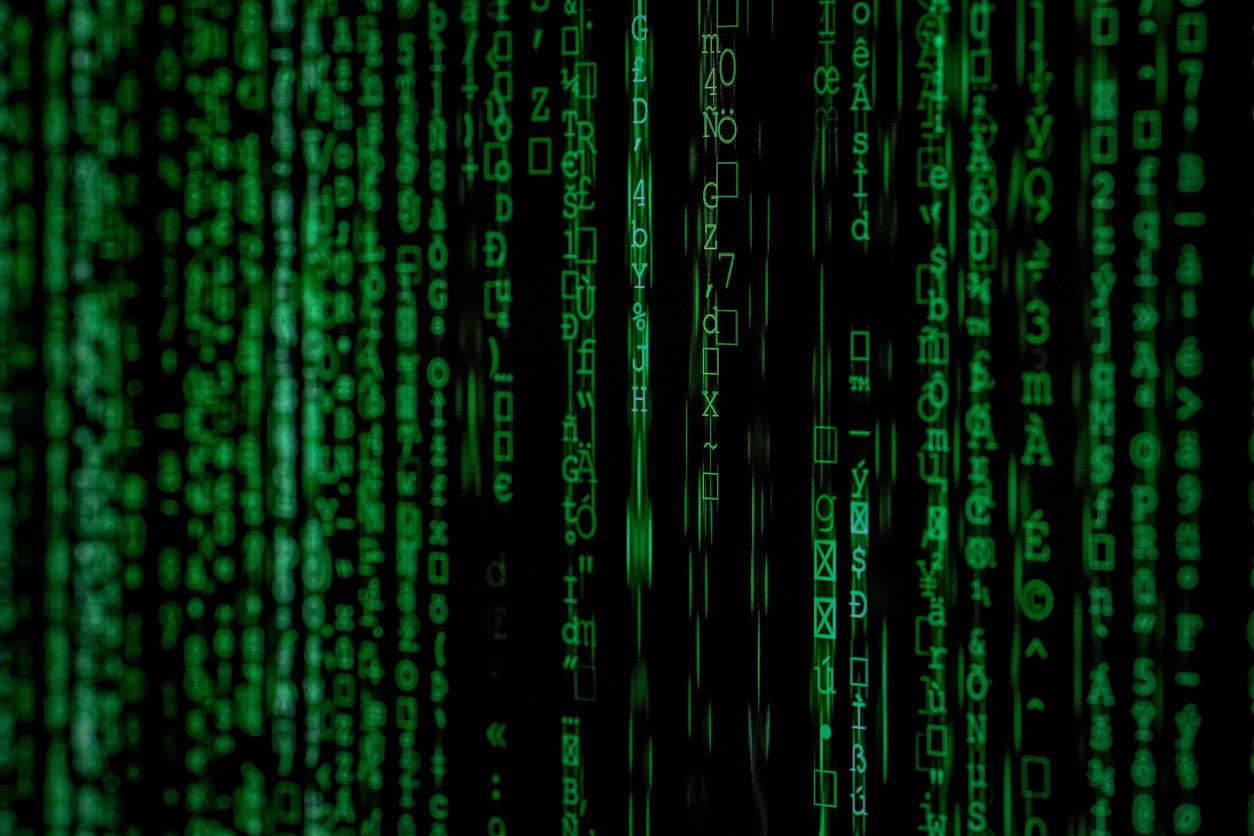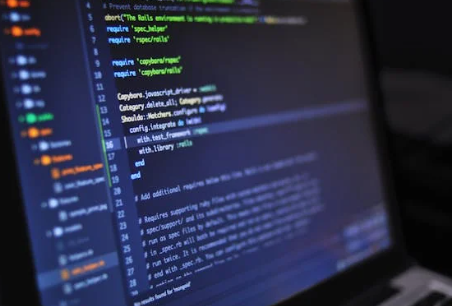
In the age of artificial intelligence, power doesn’t always look like a person at a podium or a judge in a courtroom. More often than not, it’s a line of code buried deep in a system, making decisions faster than a human ever could—decisions about who gets a loan, which resume reaches a recruiter, what news you see, and sometimes, who gets stopped by police. This is the quiet war of algorithmic bias, and it’s being waged behind the scenes of daily life.
The assumption that machines are objective—free from the flaws of human thinking—has proven dangerously naive. Algorithms are built by people. Trained on human data. Shaped by imperfect systems. And when those underlying inputs carry bias, the outputs often magnify it.
Yet while these systems increasingly shape society, the oversight over them remains vague, inconsistent, and often reactive. The question, then, is not whether machines can discriminate. It’s: who’s watching them, and how do we hold them accountable?
Where Bias Begins
At its core, an algorithm is a set of instructions. But in the context of AI and machine learning, it becomes something more: a mechanism that learns from data to make decisions. The problem is that data isn’t neutral. Historical data reflects historical injustice. Patterns in hiring, policing, lending, and housing have long shown disparities tied to race, gender, class, and geography.
When algorithms are trained on such data, they don’t “correct” for those biases—they often reinforce them.
Take predictive policing. In some cities, algorithms analyze crime reports to forecast where police should patrol. If certain neighborhoods were over-policed in the past, the system may flag them as “high risk,” regardless of actual crime trends. Officers are then sent back into the same areas, creating a feedback loop that justifies its own predictions.
In hiring, AI résumé screeners have been known to downrank applicants who attended women’s colleges or used language deemed too “feminine.” In healthcare, systems trained on past insurance claims have under-prioritized care for Black patients, not because of medical need, but because of historical disparities in access to services.
These aren’t edge cases—they are structural issues. And they reveal just how deeply human values are embedded in machines, whether by design or by neglect.
Accountability in the Shadows
One of the biggest challenges in addressing algorithmic bias is opacity. Many machine learning models are black boxes—even their developers may not fully understand how decisions are made. When those decisions affect real lives, transparency isn’t just a technical issue—it’s an ethical one.
In criminal justice, for example, risk assessment tools are used to determine bail or sentencing recommendations. Yet defendants and their lawyers often have no way to challenge the algorithm’s judgment. How can someone refute a score if they don’t know how it was calculated?
Meanwhile, corporate secrecy compounds the problem. Tech companies argue that algorithms are proprietary, shielding their inner workings from regulators, researchers, and the public. But when an algorithm helps decide who gets a mortgage or a job interview, that secrecy becomes a form of power without accountability.
And while some firms are beginning to audit their systems, self-policing can only go so far. Without external oversight, these audits risk being more about public relations than genuine reform.
The Role of Government (or Lack Thereof)
Governments around the world are only beginning to grasp the magnitude of the issue. The European Union has taken the lead with the AI Act, a sweeping framework that would regulate high-risk AI systems, mandate impact assessments, and hold companies liable for harm caused by their algorithms.
In the United States, efforts remain fragmented. The Federal Trade Commission has warned companies about discriminatory AI, and some cities have passed local laws requiring algorithmic transparency in hiring or housing. But there’s no national law that comprehensively addresses algorithmic bias.
Part of the delay comes from the pace of technological change—it often outstrips regulation. But there’s also a deeper issue: much of this technology exists in a legal gray zone, where old frameworks for discrimination and liability don’t quite apply.
For instance, if an algorithm rejects a job application due to gendered language in a résumé, who’s responsible? The employer? The software vendor? The data provider? The complexity of the supply chain makes accountability hard to pinpoint.
Whose Values Are Coded?
Perhaps the most uncomfortable question in all of this is: whose values are being embedded into our machines?
Because AI doesn’t just make decisions—it encodes priorities. In facial recognition software, accuracy varies widely depending on race and gender, with error rates significantly higher for darker-skinned individuals. In content moderation, algorithms trained on American social norms may flag activism or cultural expression from other regions as “harmful.”
The default setting in AI development is often shaped by Western, male, and corporate perspectives. When these tools are exported globally, they carry those assumptions with them, sometimes overriding local values and needs.
This isn’t just a technical issue—it’s a cultural one. And it underscores the need for diversity, both in datasets and in the teams building the systems.

What Real Accountability Looks Like
So what does it mean to truly police the machines?
First, we need transparency. That means mandatory disclosures about where and how algorithms are being used, what data they rely on, and what their outcomes look like across demographics.
Second, there must be independent auditing—not just by internal ethics teams, but by third-party experts, civil rights groups, and affected communities. These audits should include the power to recommend changes, halt deployment, or even ban certain applications.
Third, users need recourse. If you’ve been harmed by an algorithm—denied a loan, wrongly flagged by facial recognition, rejected for a job—you should be able to challenge the decision, understand the rationale, and seek remedy. The right to explanation shouldn’t be optional.
Lastly, we need a shift in mindset. Building fairer systems isn’t just about tweaking code. It’s about redefining success. Right now, many algorithms are optimized for efficiency, scale, or profit. Fairness is often an afterthought. That has to change.
A Silent Crisis in the Making
The quiet war of algorithmic bias is not one of malice—it’s one of inattention. Most of the damage comes not from overt discrimination, but from a thousand small choices made without reflection. Choices about what data to use, what goals to set, what risks to tolerate, and whose voices to prioritize.
And yet the consequences are very real. In many ways, algorithmic systems are the new bureaucracy—powerful, impersonal, and hard to question. But unlike a government agency or a human official, an algorithm cannot be persuaded, shamed, or reasoned with. It follows its training, its rules, its code.
That’s why human oversight is so crucial. Machines can help us see patterns, test ideas, and manage complexity. But they cannot make moral judgments. That task still belongs to us.
We built these systems. We trained them. We deployed them. Now it’s time we take responsibility for them.
Before the bias becomes the baseline.






